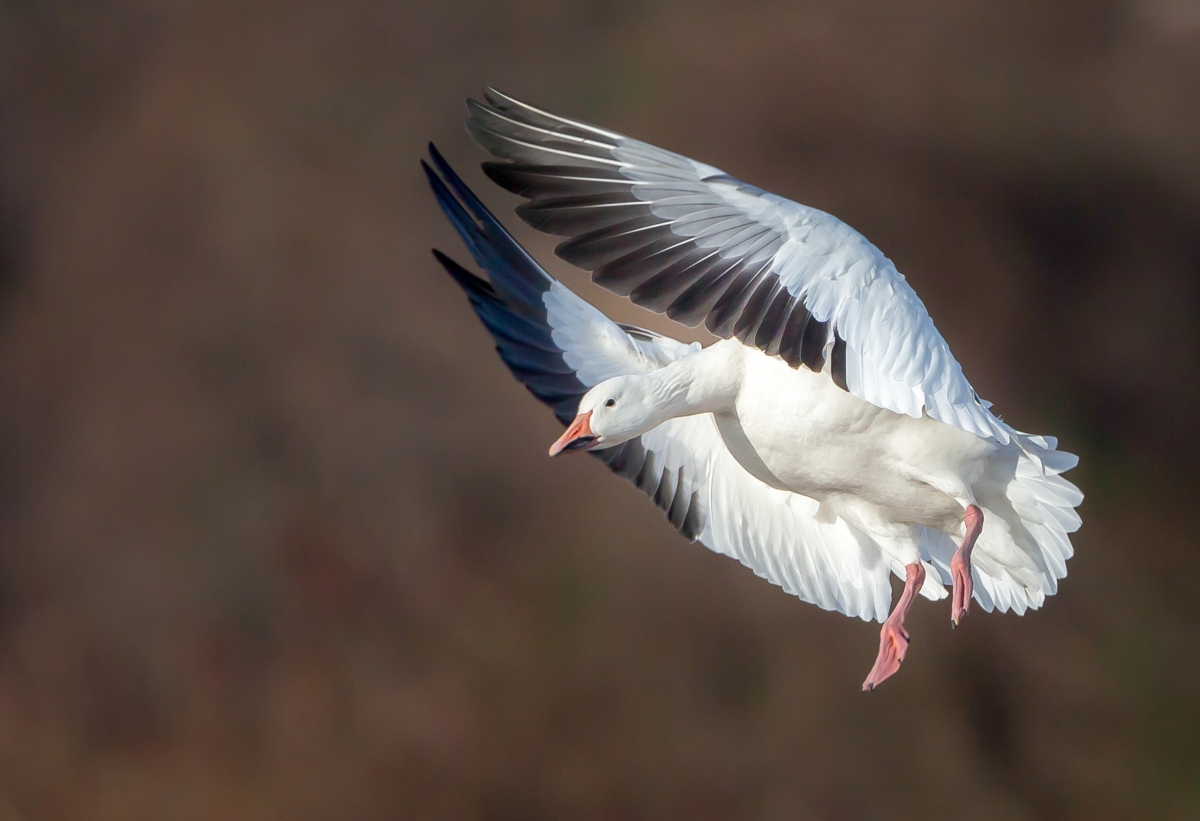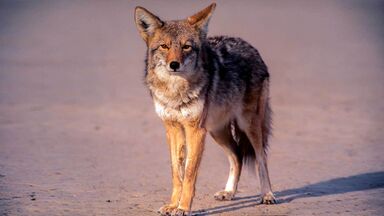
Skunk: Mammals in the family Mephitidae.
Kingdom: | Animalia
Phylum: | Chordata
Class: | Mammalia
Order: | Carnivora
Family: | Mephitidae
There are 10 living species of skunks. They may be found in the following three genera: Conepatus, Mephitis, and Spilogale.

Size and Weight:
The size of a skunk varies depending on the species. They can range in length from 15.6 to 37 inches, and in weight from about 1.1 to 13 pounds. Spotted skunks are the smallest species. The largest are the hog-nosed skunks.
Appearance:
Skunks have moderately elongated bodies with relatively short, well-muscled legs. They have five toes on each foot, and long front claws for digging. Most skunks have black and white fur, but some may be brown or grey. All skunks are striped. Depending on the species, a skunk may have a single wide stripe along the back and tail, or two thinner stripes, or a series of white spots and broken stripes.

Diet:
Skunks are omnivores. They eat both plant and animal material. Their diet may include insects, rodents, lizards, birds, snakes, eggs, berries, roots, fungi and leaves. When living near human populations, skunks are known to scavenge garbage left by humans. They also may scavenge bird and rodent carcasses left by other animals.
Habitat:
Skunks live in a wide variety of habitats, including deserts, forests and mountains.
Geography:
Skunks inhabit North America and South America.

Breeding:
Early spring is skunk mating season. Skunks are polygynous, meaning successful males may mate with additional females. The female gives birth in a den after a gestation period of about two months. She will give birth to a litter of four to seven kits, which are born blind, deaf and vulnerable. After about three weeks, the kits open their eyes. They are weaned at about two months but will stay with their mother until they are ready to mate at about one year old. Mother skunks are protective of their young and are known to spray at any sign of danger. Males are not involved in raising the young.
Social Structure:
Skunks are crepuscular and solitary animals when not breeding. However, in the colder parts of their range, they may gather in communal dens for warmth. Skunks dig burrows to use for shelter during the day. For most of the year, a skunk’s normal range measures 0.5 to 2 miles. During breeding season males travel an expanded range, 4-5 miles per night.
Although skunks may shelter in their dens for extended time periods in the winter, they are not true hibernators. They go into a dormant stage when they are typically inactive and feed rarely. During the winter months, males often den alone but multiple females may huddle together, returning to the same den year after year.

Lifespan:
In the wild, skunks live two to four years. In captivity, they may live for up to ten years.
Threats:
Skunks are threatened by a long list of predators including humans, coyotes, domestic dogs, red foxes, lynx, bobcats, badgers, mountain lions, and fishers. They also can be prey for aerial predators like eagles, great horned owls and crows. Skunks are highly susceptible to diseases like canine distemper and West Nile Virus, among many others. While skunks have an excellent sense of smell and hearing, they have poor vision and are unable to see objects clearly at a distance of 10 feet or more. This leaves them vulnerable to road traffic.
To protect themselves from predators, skunks have a well-known stink strategy. In response to a threat, a skunk will first try to escape. If escape is impossible, it will hiss and stamp its feet. If the threat persists, a skunk can position itself in a U-shape so that its front and back ends are facing the threat, ensuring that its spray will hit the mark without getting a drop on itself. The skunk then emits a well-aimed cloud of stench.
Most predators are deterred by this tactic, which is one of nature’s most effective defense mechanisms. The skunk spews an oily, yellowish liquid produced by anal glands under its fluffy tail. While the liquid does no permanent damage, its stench may linger for days. And, since one of the spray’s noxious ingredients is water resistant, bathing has little effect on relieving the stench.

Conservation Status:
Eight of the ten skunk species are listed as “Least Concern” by the IUCN Red List of Threatened Species. The pygmy spotted skunk (Spilogale pygmaea) and the eastern spotted skunk (Spilogale putorius) are listed as “Vulnerable.”








.jpg)







_-_Summer_plumage_breeding_adult2.jpg)



